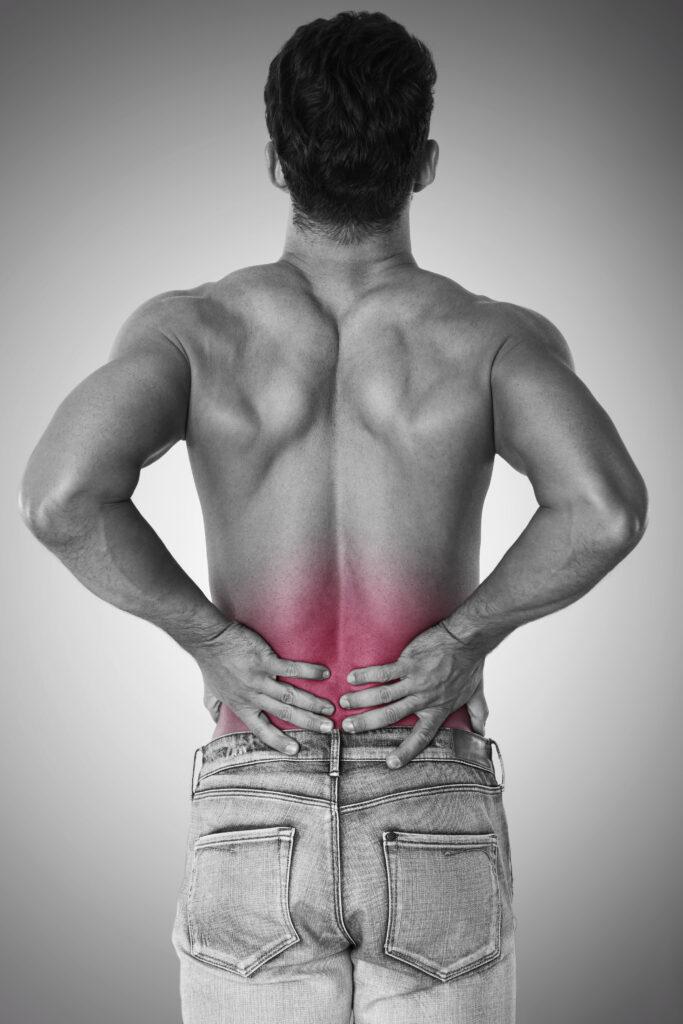When you get injured — whether it’s an acute lower back pain, pulled muscle, or post-surgery recovery — your body goes through an amazing healing process. This process happens in three main stages, and each one plays a key role in your recovery.
Let’s break down what happens during each stage and what you might feel along the way.
🟥 Stage 1: Acute Stage – Inflammatory Reaction (Days 1–5)
This is the body’s first response to injury — and it happens quickly. You’ll likely notice:
-
Swelling
-
Redness
-
Warmth in the area
-
Pain, even at rest
-
Trouble moving the area normally
What’s going on inside?
-
Blood vessels change to bring healing cells to the area.
-
Chemicals are released to start the clean-up process.
-
A blood clot forms to protect the area.
-
White blood cells come in to clean out damaged tissue.
-
Your body begins forming new tissue.
💡 Why it hurts: The injury triggers chemical changes and swelling that irritate nerve endings. Your muscles may tighten around the area to protect it — this is called muscle guarding.
🟡 Stage 2: Subacute Stage – Repair and Healing (Day 5–3+ weeks)
In this phase, your body shifts from cleaning up to rebuilding. You may notice:
-
Less swelling and pain
-
Some stiffness or weakness
-
You can move a bit more, but not fully
What’s happening now?
-
The body builds new tiny blood vessels to feed the area.
-
Soft tissue (like collagen) starts to form.
-
New tissue is fragile and can be easily re-injured.
💡 Important to know: Even though you’re feeling better, your tissues are still healing. Be careful not to push too hard too soon. This stage typically lasts 2–3 weeks, but can take longer (up to 6 weeks) for areas with poor blood flow like tendons.
🟢 Stage 3: Chronic Stage – Maturation and Remodeling (3+ weeks to 12 months)
This final phase is all about strengthening and reshaping the healing tissue so it can handle everyday life again. You may experience:
-
No more inflammation
-
Some lingering tightness or weakness
-
Pain only when you push your limits
What’s happening?
-
Scar tissue becomes stronger and more flexible
-
Collagen fibers line up with the direction of movement
-
Muscles, joints, and nerves relearn how to work properly
💡 Keep in mind: Healing doesn’t always mean “back to normal” right away. You might need physical therapy or regular movement exercises to regain full strength, endurance, and control.
🩺 Quick Summary: Clinical Signs by Stage
| Stage | Signs |
|---|---|
| Acute | Inflammation, pain even at rest |
| Subacute | Less inflammation, pain with movement |
| Chronic | No inflammation, pain only with stress |
Final Thoughts
Healing is a process, not an event. Each stage has a purpose and a timeline — and rushing it can cause setbacks. Whether you’re working with a physical therapist or managing an injury at home, understanding these stages helps you know what your body is doing and how to support it best.
🧠 Remember: Pain is information, not always a problem. Listen to your body — and give it the time and care it needs to heal right.

